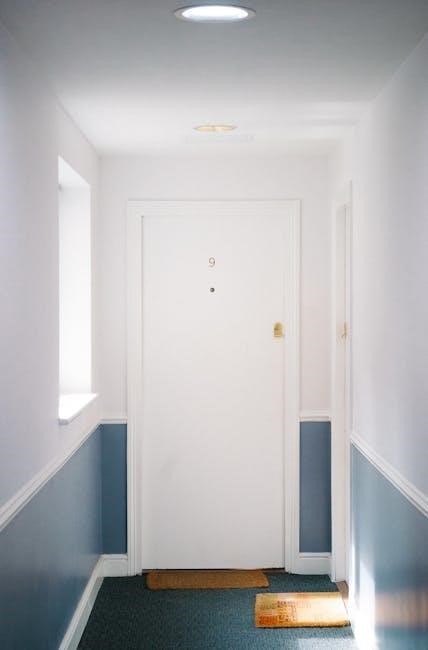A practical and stylish storage solution, flat bottom zippered pouches offer functionality and convenience. Their flat base allows them to stand upright, making them ideal for organizing small items like makeup or jewelry. Perfect for everyday use or as a thoughtful handmade gift, these pouches combine style with utility, offering a versatile way to keep essentials tidy and within reach.
Why Choose a Flat Bottom Design?
A flat bottom design enhances functionality by allowing the pouch to stand upright, making it easier to access contents. This feature adds structure and stability, preventing items from shifting. The flat base also maximizes interior space, offering a roomier feel. Ideal for organization and usability, this design is both practical and visually appealing, making it a popular choice for everyday use or as a stylish gift.
Key Features of a Flat Bottom Zippered Pouch
A flat bottom zippered pouch features a stable, stand-up design for easy access to contents. It includes a durable zipper closure, a spacious interior, and a sleek, modern aesthetic. The flat base provides excellent structural support, while the zippered top ensures secure storage. This design is both functional and stylish, making it perfect for organizing small items like cosmetics, jewelry, or travel essentials with ease and convenience.
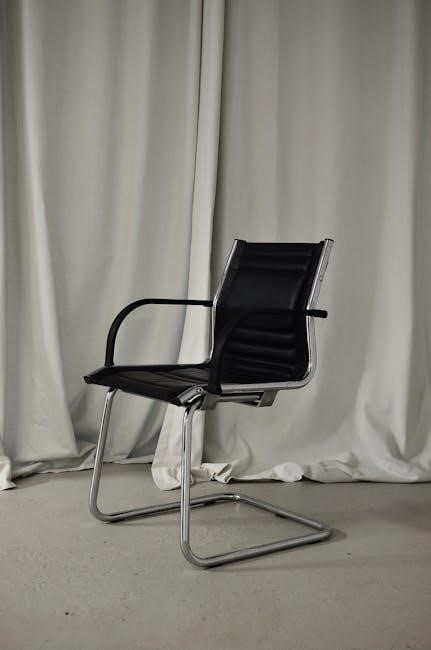
Materials and Tools Required
Fabric for the outer and inner layers, zipper, thread, scissors, sewing machine, measuring tape, and pins are essential for crafting a flat bottom zippered pouch.
Fabric Selection for the Pouch
Selecting the right fabric is crucial for your flat bottom zippered pouch. Choose durable, easy-to-work-with materials like cotton, polyester, or canvas for the outer layer. For the lining, opt for lightweight fabrics such as cotton voile or quilting cotton to ensure a smooth finish. Consider the weight, texture, and pattern of the fabric to match your desired aesthetic and functionality. Coordinating outer and lining fabrics will enhance the pouch’s visual appeal and usability.
Zippers and Notions Needed
Select a zipper slightly longer than the pouch’s width for easy access. Trim excess zipper ends and attach a zipper stop for a polished look. Use a zipper foot or Teflon foot for smooth sewing. Include interfacing for stability and notions like thread, pins, and a seam ripper. A walking foot can help manage thick fabrics. Ensure all materials are ready to streamline the sewing process and achieve professional results.
Essential Sewing Tools
Gather a sewing machine, sharp scissors, and a rotary cutter with a mat for precise fabric cutting. A ruler ensures accurate measurements, while a zipper foot simplifies sewing near zippers. Use a walking foot for thick fabrics and a seam ripper for corrections. Iron and ironing board are crucial for pressing seams flat. These tools will help you achieve clean, professional results in your flat bottom zippered pouch project.
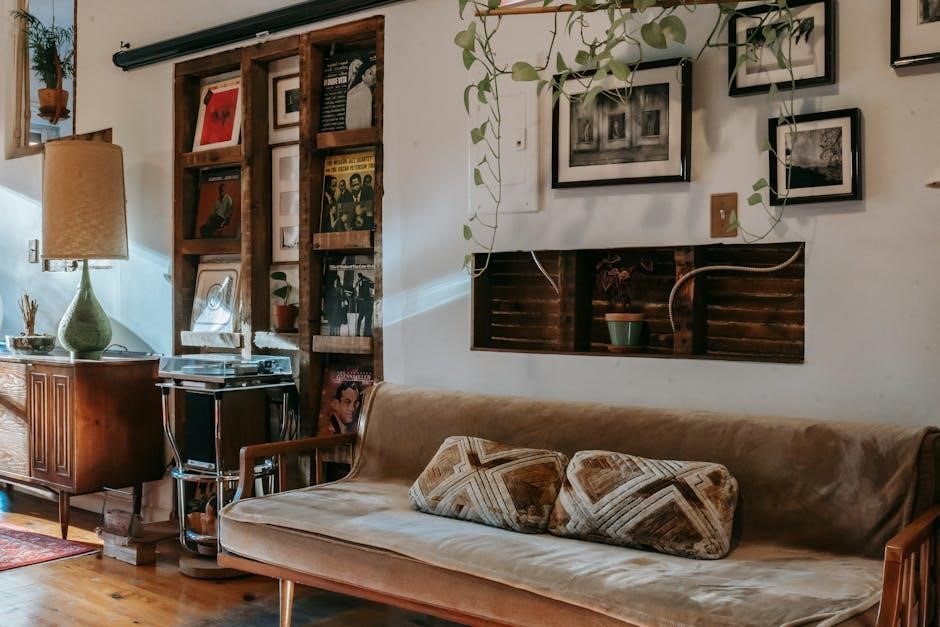
Cutting Your Fabric Pieces
Carefully measure and cut the fabric for the outer pouch, lining, and gusset to achieve the desired size. Use a ruler and rotary cutter for precise cuts.
Preparing the Main Fabric and Lining
Begin by laying your main fabric and lining flat, ensuring the right sides face each other. Align the edges precisely and smooth out any wrinkles. Use a sewing pattern or measurements to cut identical pieces for the outer pouch and lining. If using interfacing for stability, apply it to the main fabric before cutting. This step ensures both layers are evenly matched and ready for sewing together seamlessly.
Measuring and Cutting the Gusset
The gusset is a critical piece that connects the sides and bottom of the pouch, enabling it to stand upright. Measure the desired width and height for the gusset, ensuring it aligns with the pouch’s dimensions. Cut the gusset fabric using a ruler or pattern, maintaining precise edges. This piece will be attached to the bottom panel, creating the flat surface that allows the pouch to sit stably. Accuracy in cutting ensures a professional finish and proper functionality.
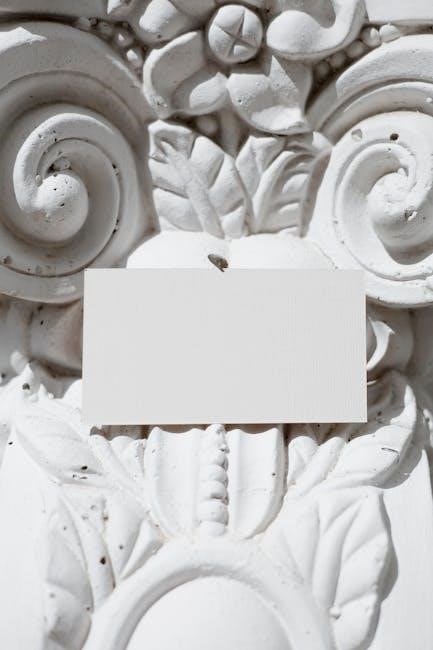
Sewing the Pouch Sides and Bottom
Align and sew the side panels to the bottom piece using a 1/2-inch seam allowance. Press seams flat for a crisp, professional finish. This step ensures the pouch stands upright and maintains its shape, providing a sturdy base for everyday use.
Constructing the Flat Bottom
To create the flat bottom, align the main fabric and lining pieces, ensuring they are evenly matched. Sew across each corner using a 1/2-inch seam allowance, then turn the pouch right side out. Press the seams flat to achieve a crisp, professional finish. This method ensures the bottom lies flat, allowing the pouch to stand upright and providing a sturdy base for storing small items like makeup or jewelry.
Sewing the Sides Together
Bring the sides of the pouch together, ensuring the edges align perfectly. Sew along the sides using a 1/2-inch seam allowance, starting from the bottom and working upward. Backstitch at the beginning and end for reinforcement. Press the seams flat to create a crisp fold. This step forms the pouch’s structure, connecting the flat bottom to the sides and creating a sturdy, symmetrical shape ready for the zipper installation.
Attaching the Zipper
Align the zipper with the pouch’s top edge, placing it face down. Pin securely and sew in place using a 1/4-inch seam allowance, ensuring a neat finish.
Positioning the Zipper Correctly
To ensure a professional finish, align the zipper with the top edge of the pouch, centering it for symmetry. Place the zipper face down on the fabric and secure it with pins. This step is crucial for a smooth closure and even appearance. Proper alignment prevents the zipper from being off-center, ensuring functionality and visual appeal. Centering the zipper also helps maintain the pouch’s structural integrity and aesthetics.
Sewing the Zipper in Place
Once the zipper is correctly positioned, sew it in place using a straight stitch, ensuring the edges align perfectly. Start at the bottom and work upwards, maintaining a consistent seam allowance. Use a zipper foot for precision and to prevent fabric bunching. After sewing, backstitch at the beginning and end for durability. This step secures the zipper, ensuring smooth operation and a polished finish to the pouch.
Adding the Lining
Once the outer pouch is constructed, the lining is carefully attached. Start by sewing the lining pieces together, leaving a small opening for turning. Place the outer pouch and lining with right sides together, ensuring alignment. Sew around the edges, then gently turn the pouch right side out through the lining opening. Press the seams to flatten them, and slipstitch the opening shut for a clean finish. This step completes the pouch, giving it a professional look and feel.
Constructing the Lining
Constructing the lining involves sewing the lining pieces together, leaving a small opening for turning. Place the lining inside the outer pouch, ensuring alignment. Sew around the edges, then carefully turn the pouch right side out through the opening. Press the seams to flatten them, and slipstitch the opening shut for a clean finish. This step ensures the lining is securely attached and the pouch has a professional appearance.
Attaching the Lining to the Outer Pouch
Place the lining inside the outer pouch, ensuring the edges align perfectly. Sew around the edges, leaving a small opening to turn the pouch right side out. Carefully press the seams to create a crisp fold. Once turned out, push the lining into the outer pouch and zip. Slipstitch the opening in the lining closed for a seamless finish. This step ensures the lining is securely attached and the pouch maintains its shape.
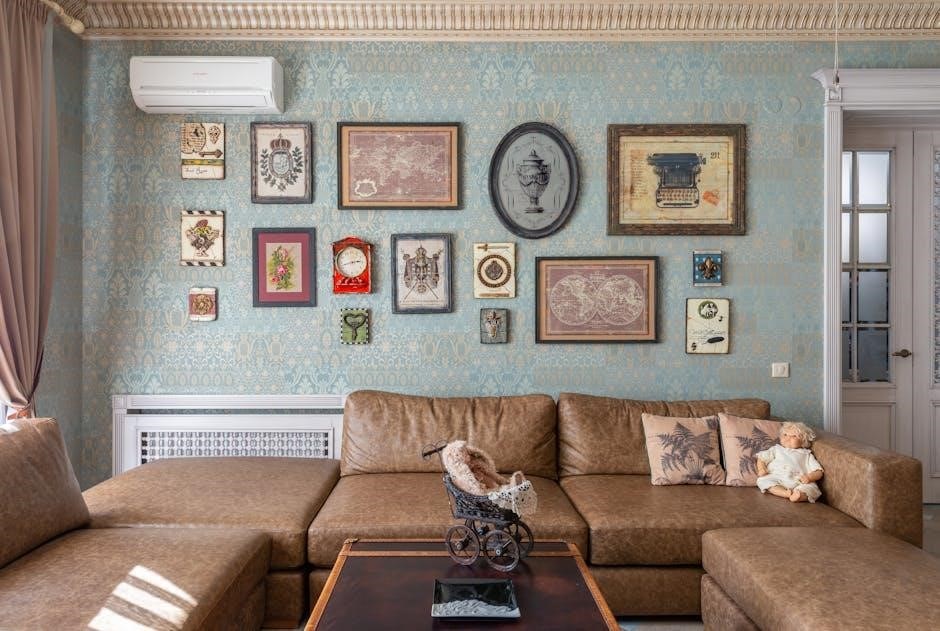
Topstitching for a Professional Finish
Topstitching adds a professional touch, enhancing both appearance and durability. Sew along seams and edges with a consistent seam allowance for a polished, finished look. Always use a matching thread color and consider adding decorative stitches for extra flair.
Topstitching Techniques
Topstitching enhances the pouch’s professional look by sewing parallel lines along seams and edges. Use a slightly longer stitch length for visibility and a matching thread color to blend seamlessly. Start with a backstitch at the beginning for stability. Press seams flat before stitching to ensure crisp lines. For added flair, decorative stitches or contrasting thread can be used. Maintain consistent spacing and alignment for a polished finish, making the pouch look store-bought and well-crafted.
Adding Decorative Stitches
Add a personal touch with decorative stitches for a polished look. Use contrasting thread colors or embroidery floss for visual interest. Stitch patterns like straight lines, zigzags, or florals can enhance the pouch’s design. Ensure stitches are evenly spaced and align with seams for a cohesive appearance. Decorative stitching adds charm and personality, making your flat bottom zippered pouch truly unique and eye-catching while maintaining functionality and style.
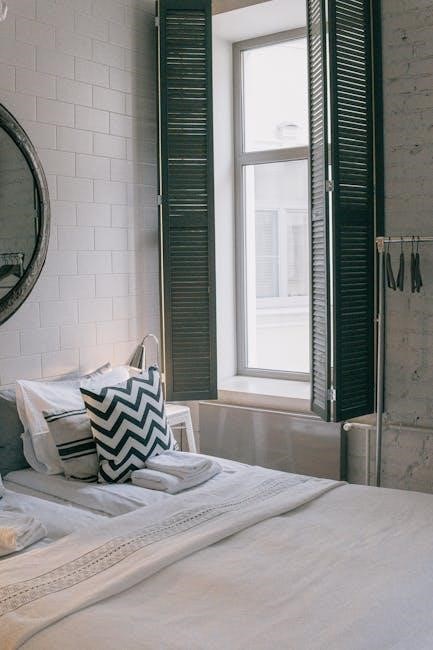
Troubleshooting Common Issues
Address common challenges like wavy seams by adjusting your seam allowance and pressing fabric properly. Ensure zipper alignment is precise for smooth closure and professional results every time.
Fixing Wavy Seams
Wavy seams can be corrected by pressing the fabric thoroughly with a hot iron and steam. Adjusting your stitch length and ensuring even tension while sewing helps prevent waves. If seams remain uneven, consider using a walking foot or Teflon foot for smoother fabric movement during sewing. This will yield a flat, professional finish for your zippered pouch.
Adjusting the Zipper Alignment
To ensure proper zipper alignment, pin the zipper tape evenly to the pouch edges, matching the centers. Use a zipper foot for precise sewing and maintain consistent tension. If misaligned, carefully unpick the stitches and reposition the zipper, ensuring it lies flat. Press the seams to set the zipper in place. For tricky cases, baste the zipper first to check alignment before final sewing.
Congratulations! You’ve successfully created a stylish and functional flat bottom zippered pouch. Perfect for storing makeup, jewelry, or as a thoughtful gift. Enjoy your handmade creation and happy sewing!
Final Tips for a Perfect Flat Bottom Pouch
To ensure a polished finish, press all seams thoroughly and topstitch for a professional look. Use a walking foot or Teflon presser foot to glide smoothly over thick layers. When boxing corners, maintain consistent seam allowances for a crisp, even shape. For durability, reinforce stress points like zipper ends. Lastly, choose fabrics that complement the pouch’s intended use, balancing aesthetics with functionality for a truly exceptional result.
